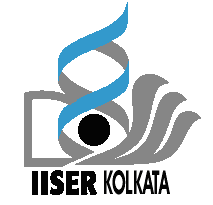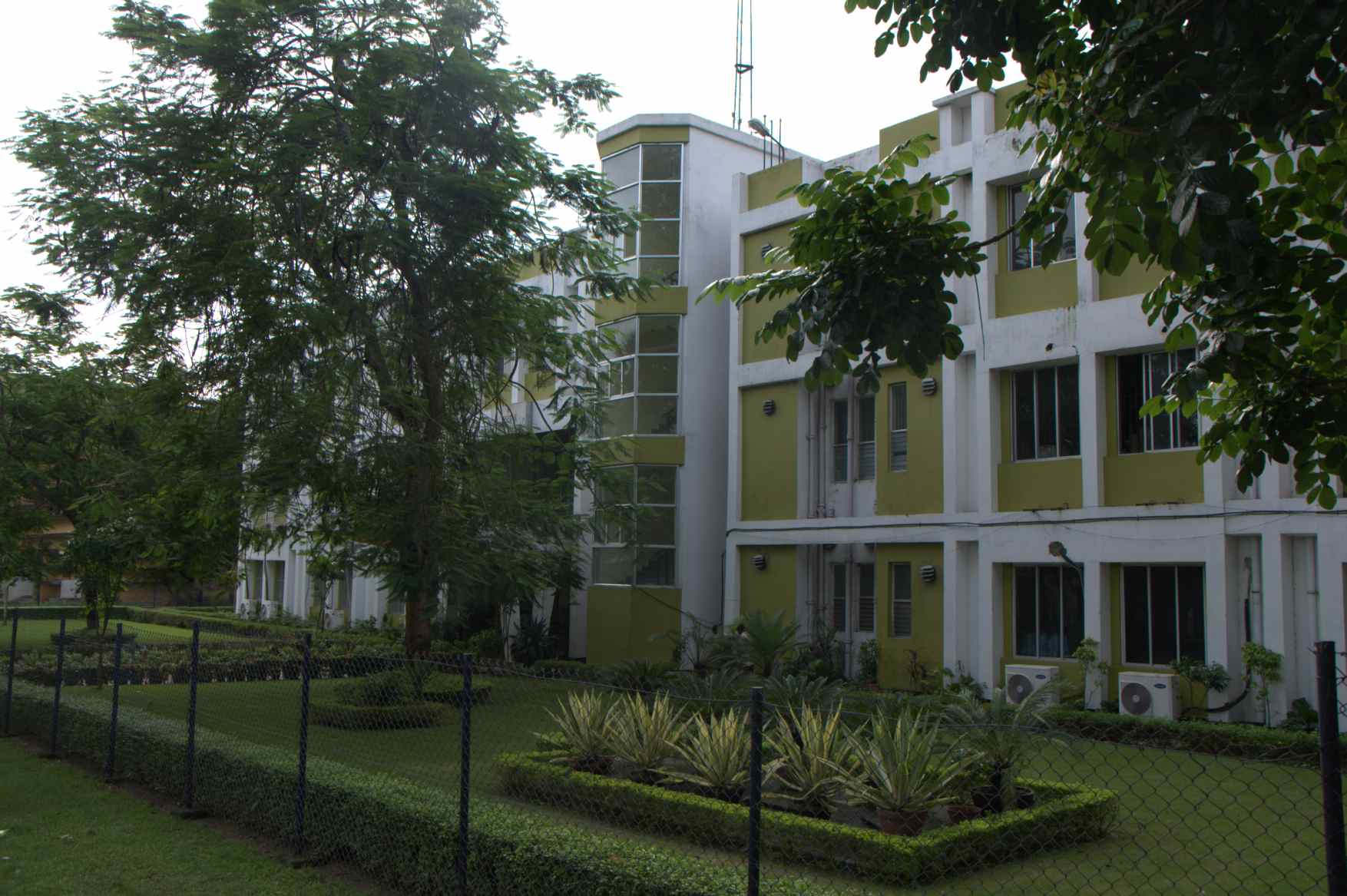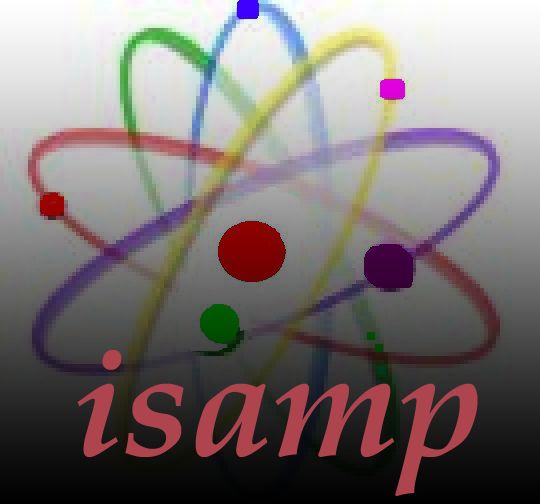
 |
|---|
Registration(Closed)
On behalf of the Atomic, Molecular and Optical Physics Society of India (ISAMP), we are organizing the biennial meeting of this society in Indian Institute of Science Education and Research-Kolkata(IISER-K) during December 14-17, 2012. This prestigious meeting has its inception in the early seventies for providing a platform to the researchers of India to interact and share their research with the distinguished scientists from India and abroad. This is being sponsored by the Board of Research in Nuclear Sciences (BRNS), Department of Atomic Energy (DAE), Government of India. It is therefore, incorporated into the "DAE-BRNS The IISER-K is one of the premier teaching and research institutes in India. It is an autonomous body funded by the Ministry of Human Resource Development. Along with teaching, IISER-K provides research facilities in various areas of Physics, Chemistry, Biological science and Earth Science. The ISAMP has now about 300 members from various parts of India and a few from abroad with research interests in all branches of atomic, molecular and optical physics. It is therefore befitting for IISER-K to host this meeting to foster further developments in the atomic and molecular physics community. Atomic and Molecular Physics has made significant contribution towards scientific and technological progress in the 20th century. For example, the development of quantum mechanics evolved primarily through the studies of the structure of the atom. Most of the technological development in the last century, such as electronic communication, computers etc, is due to significant development in atomic and condensed matter physics, and lasers. The trend continues, with strides in the emerging fields of nano-technology, quantum computation, bio-chips etc. Indian scientists have contributed significantly to this field. The early Indian contributions, which are internationally acknowledged, were mainly in the fields of spectroscopy and scattering. The development of new age technology and their availability in India and to Indian researchers (ultra-fast lasers, synchrotrons, particle accelerators, plethora of new detection systems) have led to a new resurgence in atomic and molecular physics activities in India
|
|---|
